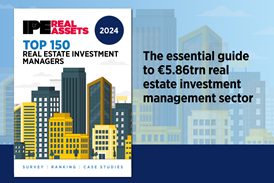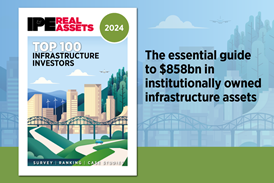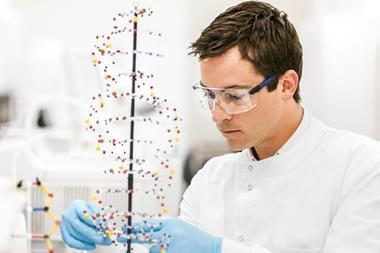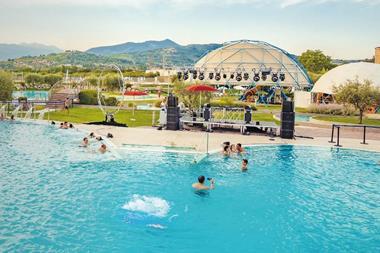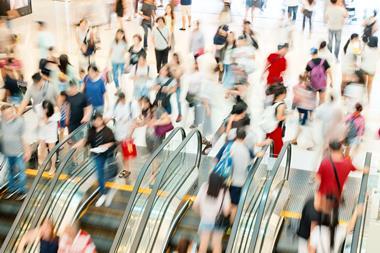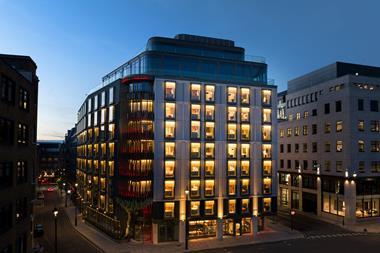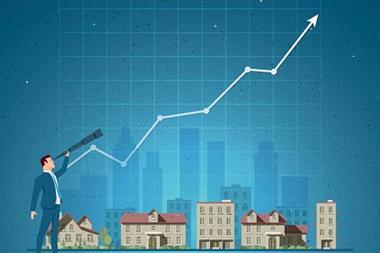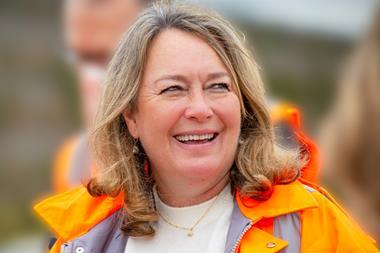Property developers will have to factor in space for city farms in their future planning to feed a global urban population that the UN expects to rise by 60% to 5.5 billion from a total of 9.0 billion people in 2040, a seminar at the Realty real estate trade fair in Brussels heard on Wednesday.
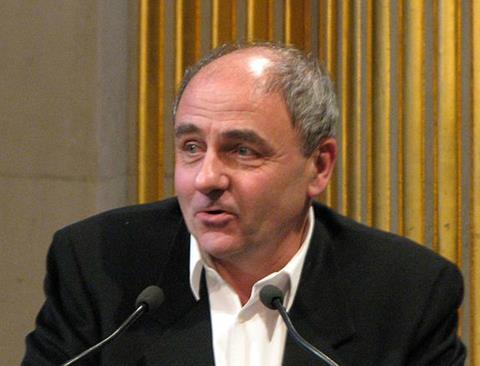
In a rapidly urbanizing world, food production needs to be integrated into 'densifying' cities to supply residents in a 'hyper-local manner'. futurologist Stefaan Vandist added.
The US already has the world’s largest commercial indoor organic vertical farm, established by Farmed Here, a 90,000 square ft (27,400 m2) operation in Chicago where produce is farmed without pesticides, while Bright Farm builds greenhouses near supermarkets to shorten the supply chain, he said. Infarm in Germany has even started to sell produce in supermarket aisles while it is still growing.
Agritecture – the complete integration of urban agriculture within city architecture – is an essential component for green and sustainable real estate development, Missika said. He pointed to the ‘Reinventing Paris initiative, a crowd-sourcing competition aimed at developing sites within and around the city, while incorporating 30 hectares of urban agriculture into many of the 22 projects.
The ‘Re-alimentation of Massena’ project won by architects DGT to rejuvenate the redundant Massena Station in Paris’ 13th arrondissement district, will become an urban food cluster combining elements from production to research and gastronomy. Closer to the French capital’s centre in the Left Bank area, the In Vivo project will feature three green buildings, one of which is dedicated to urban farming.
One of the most ambitious Reinventing Paris projects is Mille Arbres (A thousand trees), where an actual forest will be grown in suspension above the city’s northern ring road, nestling a hyper-green commercial building atop of which a residential village full of greenery will be constructed.
This ‘bridge’ of urban vegetation physically and symbolically connects the centre of the city and its rural suburbs. Within the forest an urban farm will produce food for the restaurants housed within the complex itself. Mille Arbres sets down a marker that the Paris of the future could be the city of a thousand farms.
